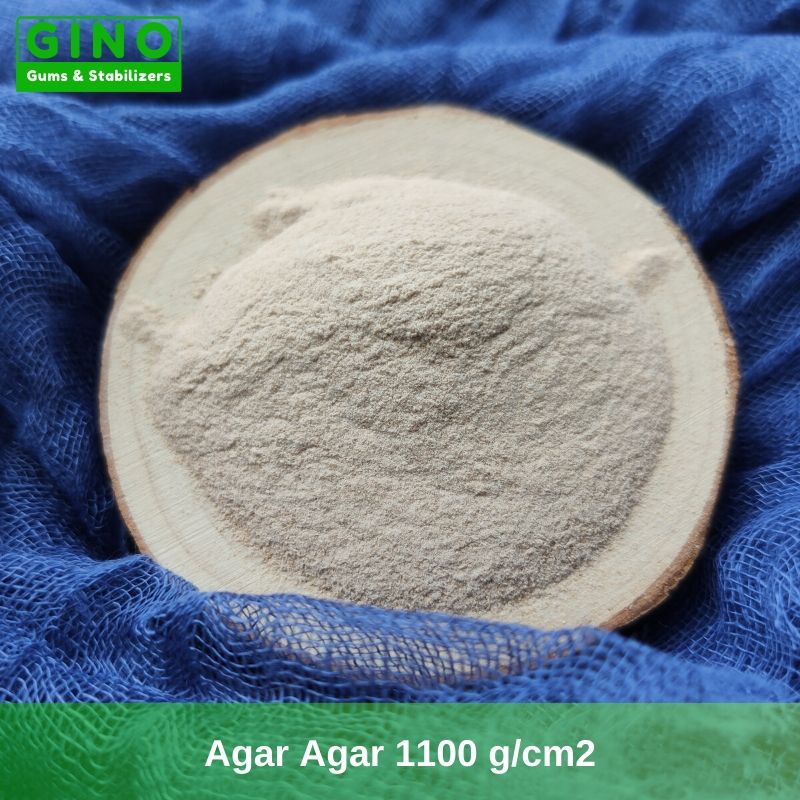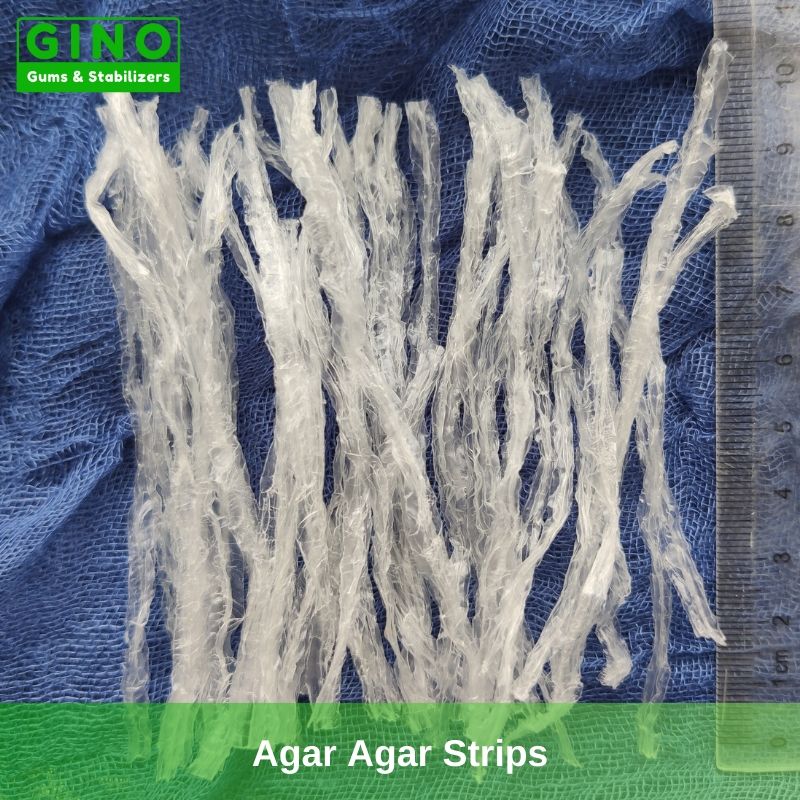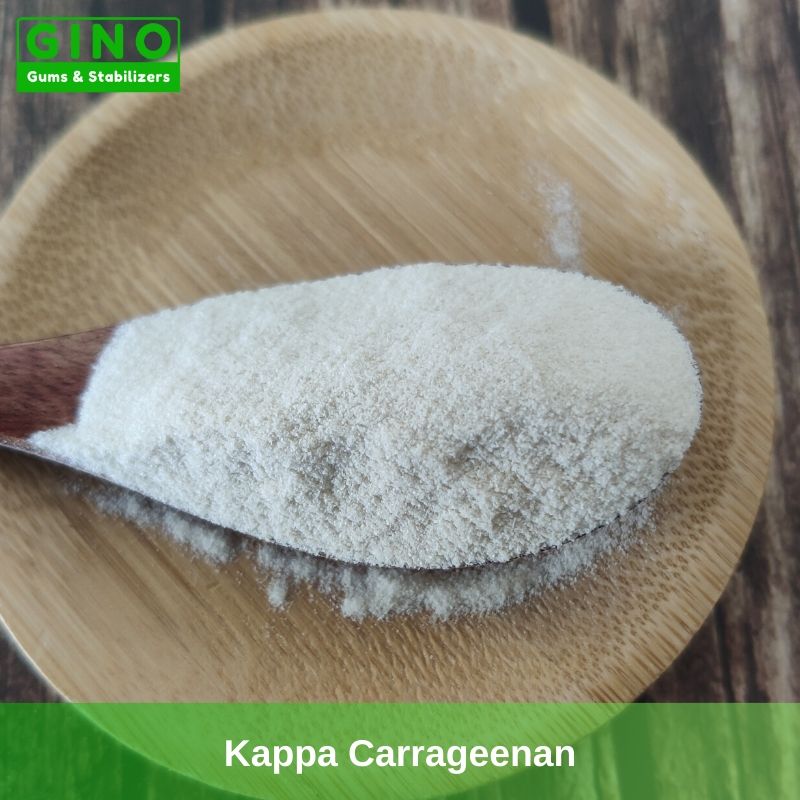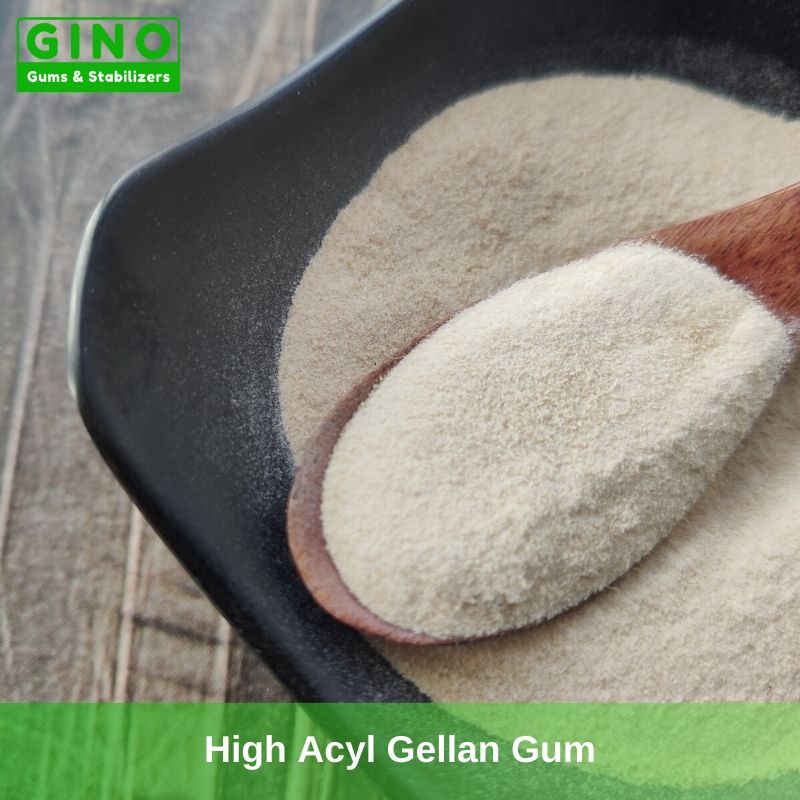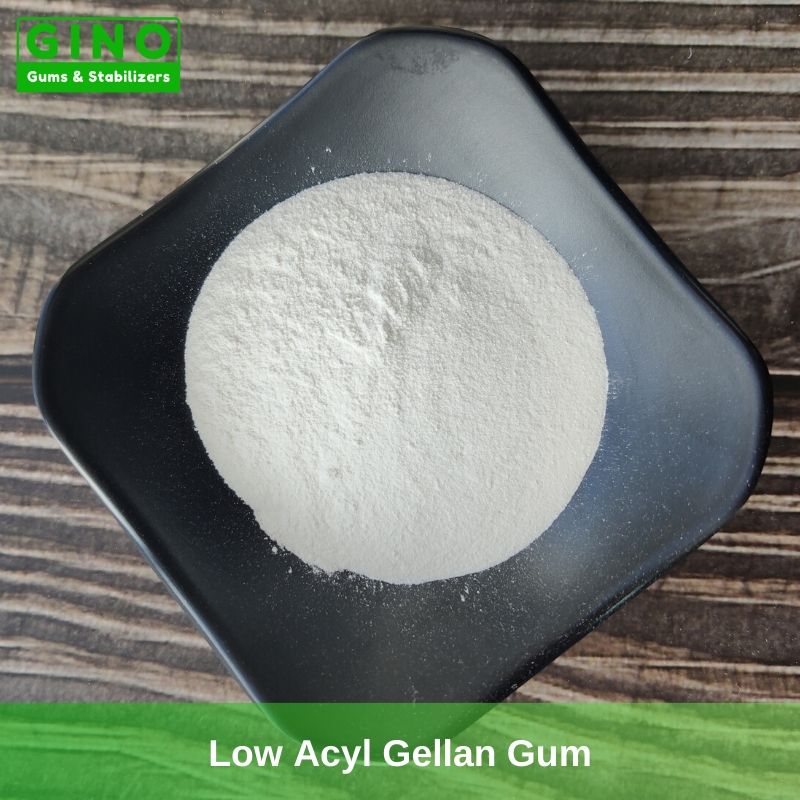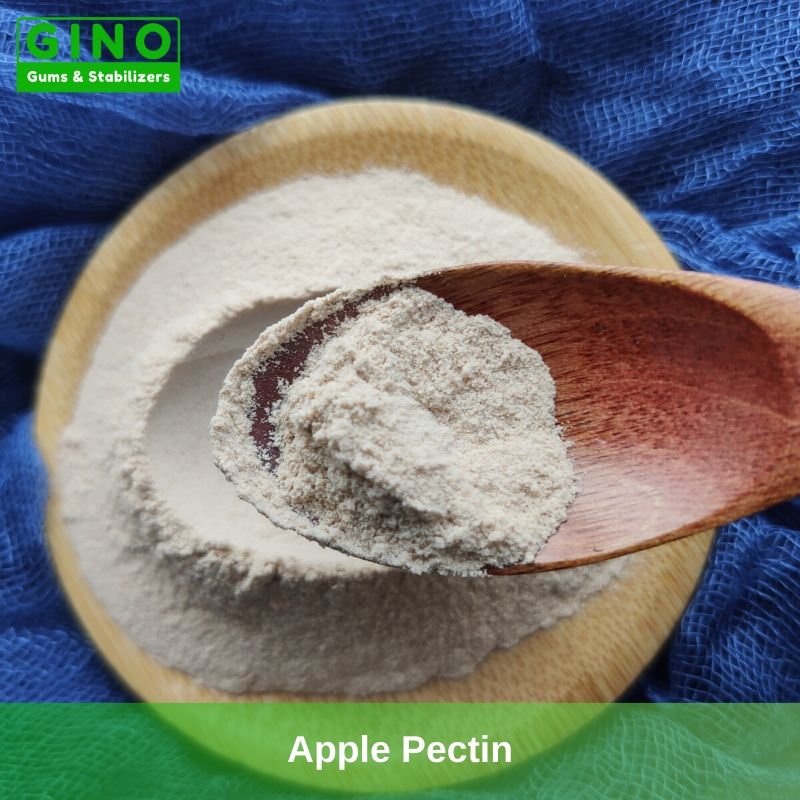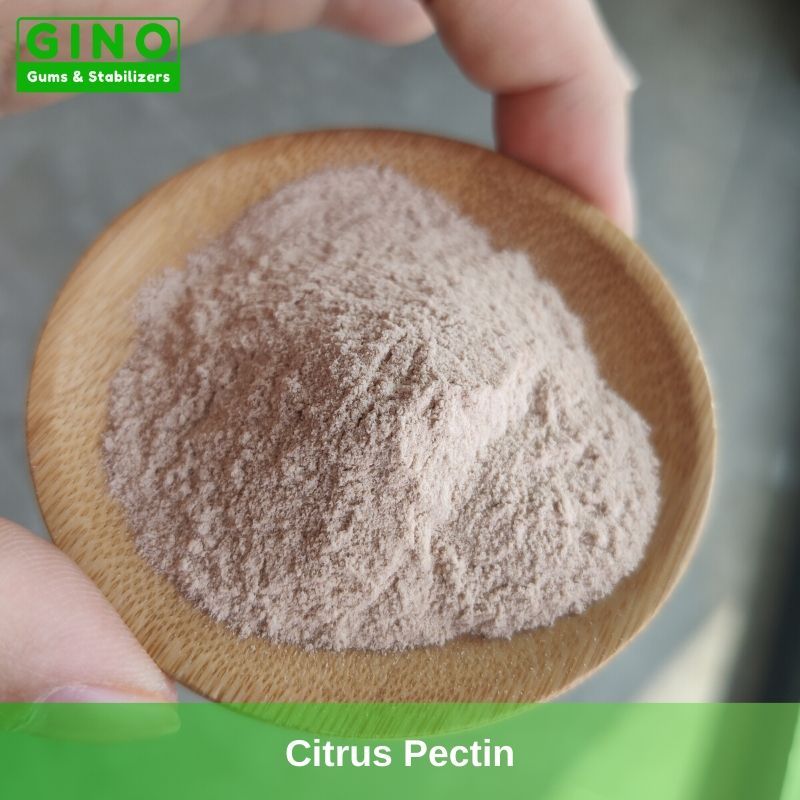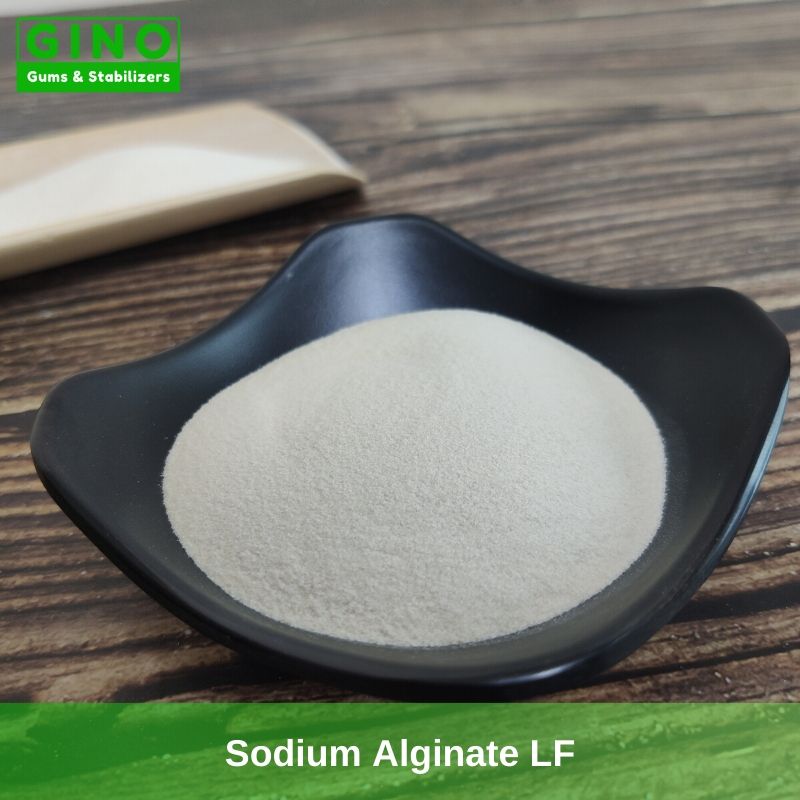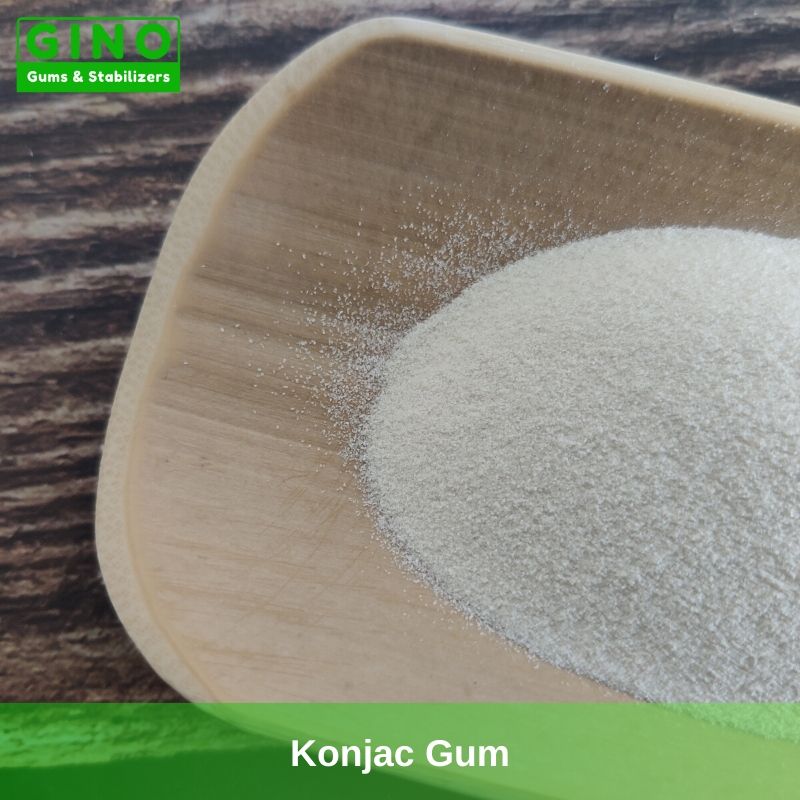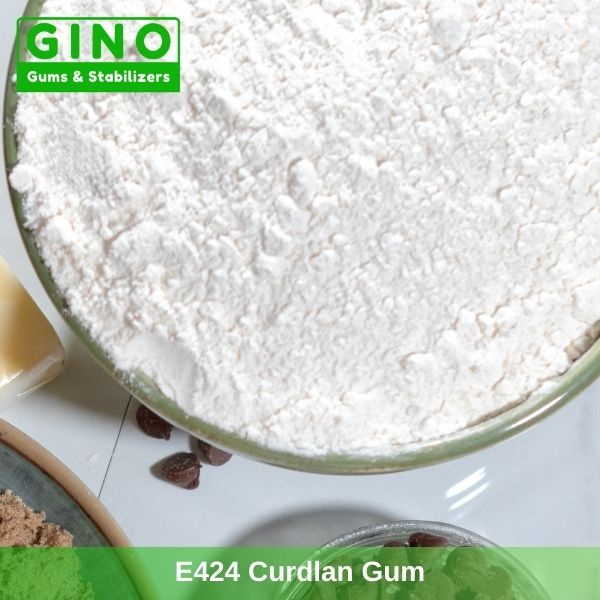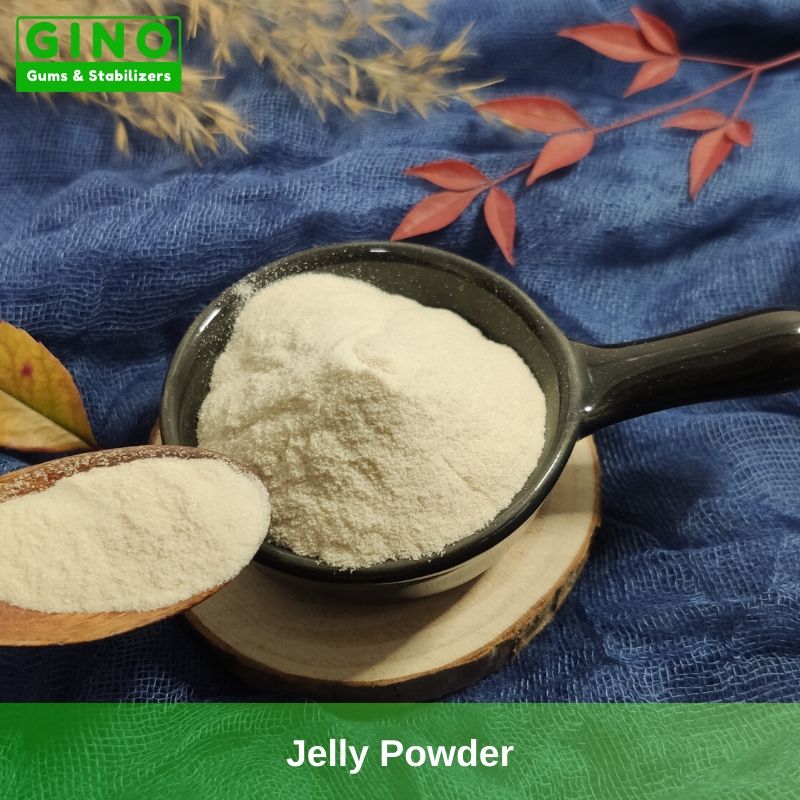Xanthan Gum
E415: An Excellent Gum - Xanthan Gum Supplier in China
Xanthan Gum was first discovered in the 1960s by researchers at the United States Department of Agriculture (USDA) and commercialized in the 1970s. It is an ingredient used as a thickener, stabilizer, emulsifier, and foaming agent in the food and chemical industry.
As the xanthan gum supplier, exporter in China, Gino is dedicated to supplying superior products from reliable xanthan gum manufacturers. Meanwhile, we can offer tailor-made solutions perfectly matched to your needs.
Should you have any questions please feel free to send an email to [email protected].
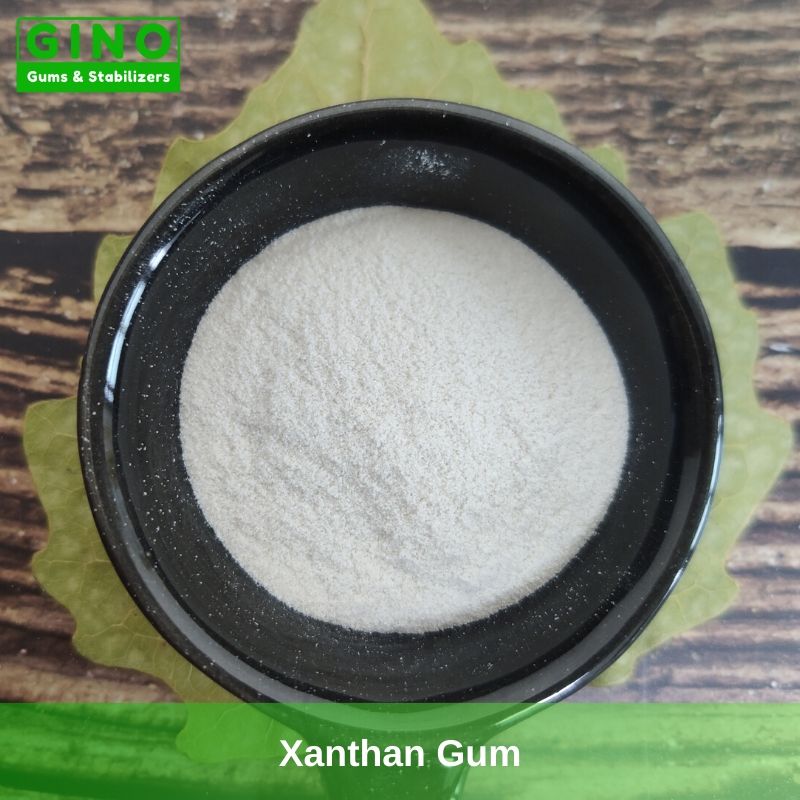
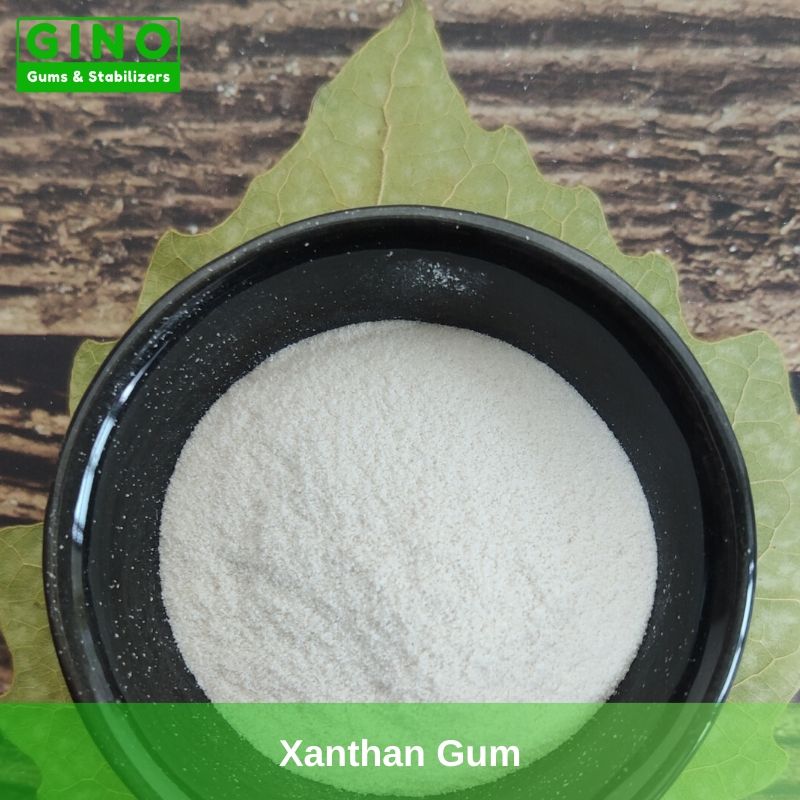
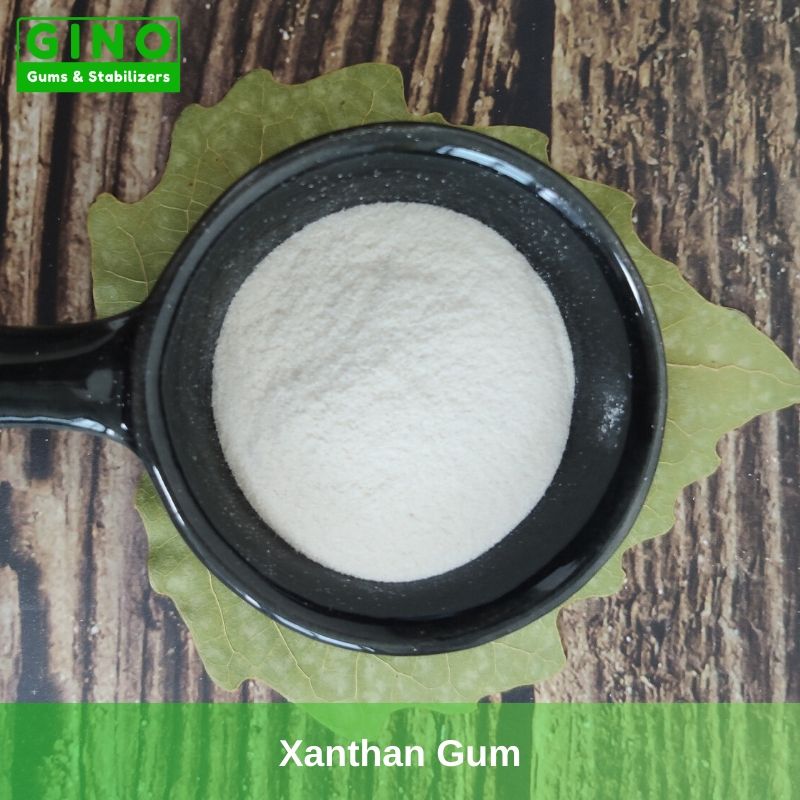
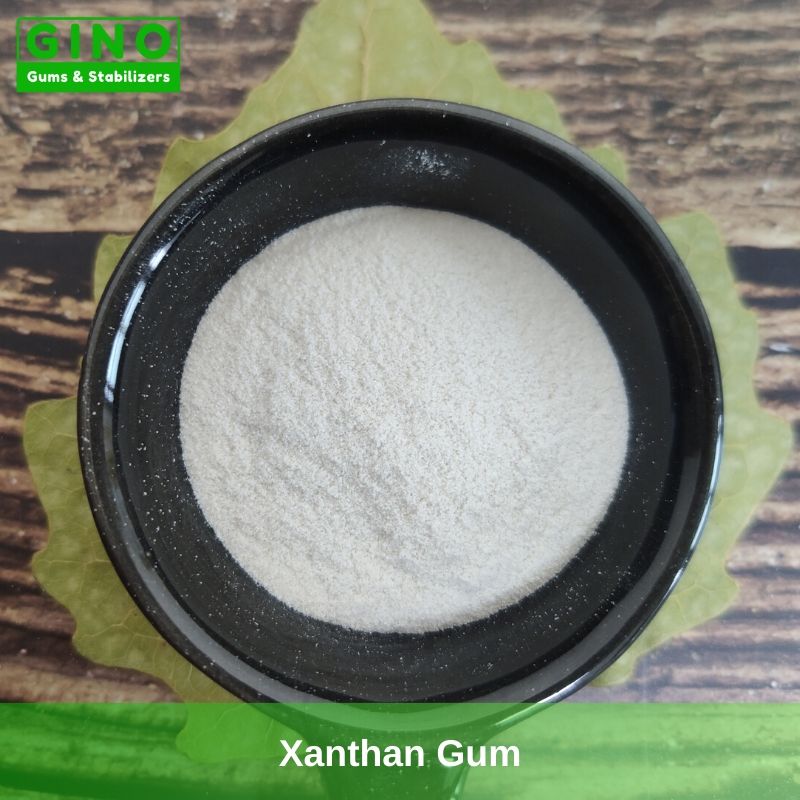
Xanthan Gum
| Category | Thickeners, Stabilizers |
|---|---|
| E Number | E415 |
| CAS No. | 11138-66-2 |
| H.S. Code | 3913900000 |
| Origin | China |
| MOQ | 500 KG |
| Packaging | Cartons, Bags |
| Payment Term | T/T, L/C |
GINO_Your Xanthan Gum Supplier | Xanthan Gum Company
What is Xanthan Gum?
Xanthan gum is an extracellular polysaccharide secreted by the microorganism Xanthomonas campestris. Commercially it is manufactured through a fermentation process (same as gellan gum), while most other hydrocolloids are extracted from plants.
It is an ingredient used as a thickener, stabilizer, emulsifier, and foaming agent in the food and chemical industry.
What is Xanthan Gum Made of?
It consists mainly of a repeating pentasaccharide unit consisting of D-glucose, D-glucuronide, D-mannose, pyruvate, and acetic acid. The latter three substances are present as 4,6-pyruvated mannose and 6-acetyl mannose.
The ratio of the above three monosaccharides, Glucose: Mannose: Glucuronide is 2:2:1.
The degree of substitution of pyruvate and acetic acid depends on the culture composition of the medium and the fermentation conditions.
Xanthan Gum Manufacturing Process
Commercially, xanthan gum is produced from purely cultured bacteria through an aerobic, macerated fermentation process.
Bacteria are cultured in an aerated medium containing glucose, a nitrogen source, and various trace elements.
In order to provide seeds for the final fermentation stage, the inoculum accumulation process takes place in several stages.
When the final fermentation is complete, the slurry is pasteurized to kill the bacteria and xanthan gum is recovered by precipitation with isopropanol or ethanol.
Finally, the product is dried, milled, and packaged.
Contact us to get the detailed Xanthan Gum Manufacturing/Production Process.
Our Product Range
- Which types of xanthan gum we can provide for you?
Working with us | Choosing Your Right Xanthan Gum Supplier
You will enjoy all grades and forms of e415 xanthan gum products, including:
By Grade
- Xanthan Gum Food Grade
- Xanthan Gum Pharmaceutical Grade
- Xanthan Gum Transparent Grade
- Xanthan Gum Oil Drilling Grade
Our Packaging
Flexible Packaging Solutions | Custom Packaging
As a professional and responsible xanthan gum supplier, in addition to providing you with quality products, we strive to provide you with flexible packaging solutions that are customized to your needs, and our goal is simple.
- To build your brand awareness and develop your own brand.
- To promote your brand image.
- Give you a boost to your promotional marketing efforts.
- Make you stand out from the competition.
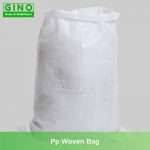
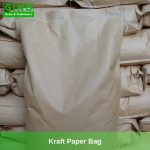

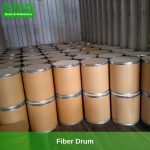

In Addition, You will enjoy
Flexible loading methods, Small order quantity, Prompt delivery time, Full Tracking Service ...
All-in-one Specification
| Xanthan Gum Food Grade 80 Mesh | |
| Sensory Characteristics: | |
| Appearance | Cream-White powder |
| Chemical And Physical Characteristics: | |
| Particle Size (mesh) | Min 95% pass 80 mesh |
| Viscosity (1% KCl, cps) | 1200-1700 |
| PH (1%, KCL) | 6.0- 8.0 |
| Shearing Ratio | ≥6.5 |
| Loss on Drying (%) | ≤15 |
| Total Nitrogen (%) | ≤1.5 |
| Ashes (%) | ≤15 |
| Pyruvic Acid (%) | ≥1.5 |
| V1:V2 | 1.02- 1.45 |
| Total Heavy Metals | ≤10 ppm |
| Arsenic (As) | ≤3 ppm |
| Lead (Pb) | ≤2 ppm |
| Microbiological Characteristics: | |
| Total Plate Count (cfu/g) | ≤ 2000 |
| Moulds/Yeasts (cfu/g) | ≤100 |
| Salmonella? | Negative |
| Coliform | Negative |
| Xanthan Gum Food Grade 200 Mesh | |
| Sensory Characteristics: | |
| Appearance | Cream-White powder |
| Chemical And Physical Characteristics: | |
| Particle Size (mesh) | Min 90% pass 200 mesh |
| Viscosity (1% KCl, cps) | ≥1200 |
| PH (1%, KCL) | 6.0- 8.0 |
| Shearing Ratio | ≥6.5 |
| Loss on Drying (%) | ≤15 |
| Total Nitrogen (%) | ≤1.5 |
| Ashes (%) | ≤15 |
| Pyruvic Acid (%) | ≥1.5 |
| Total Heavy Metals | ≤10 ppm |
| Arsenic (As) | ≤3 ppm |
| Lead (Pb) | ≤2 ppm |
| Microbiological Characteristics: | |
| Total Plate Count (cfu/g) | ≤ 2000 |
| Moulds/Yeasts (cfu/g) | ≤100 |
| Salmonella? | Negative |
| Coliform | Negative |
Properties of Xanthan Gum
Xanthan gum is readily soluble in cold water, and the solution exhibits a high degree of pseudoplastic flow. Its viscosity is very stable over a wide range of pH and temperature, and the polysaccharide is resistant to enzymatic degradation.
Xanthan gum exhibits synergistic interaction with galactomannans such as guar gum and locust bean gum and konjac gum.
This resulted in enhanced viscosity of guar gum, while the thermo-reversible gels of LBG and konjac gum were soft and flexible.
- Appearance
Cream-colored powder, neutral in taste, generally supplied in the market with 80 and 200 mesh.
- Solubility
Soluble in hot water and cold water, the pH value of 1% solution is 5.5-8.5 (25℃).
Insoluble in ethanol.
Most of all, the solubility of xanthan gum has another outstanding point, that is:
The solution viscosity is stable and virtually unaffected by changes in pH (pH3-11), salts (10% KCl, 10% NaCl2 and 5% Na2CO3) and temperature up to 90°C, while other hydrocolloids (pectin, sodium alginate) decompose under these conditions.
- Viscosity
High viscosity at low content
High viscosity can be achieved with low concentrations, and common amounts used for thickening in food are 0.5% or less. In general, the viscosity of its 1% solution is between 1200-1700cps, which is about 100 times stronger than the viscosity of gelatin.
Stability
The solution viscosity is stable and virtually unaffected by changes in pH (pH3-11), salts (10% KCl, 10% NaCl2 and 5% Na2CO3) and temperature up to 90°C, while other hydrocolloids (pectin, sodium alginate) decompose under these conditions.
Synergism
It acts synergistically with other vegetable galactomannans to increase viscosity, e.g. with guar gum (higher viscosity), locust bean gum (forms gels), carrageenan and konjac glucomannan. It also acts synergistically with starches (to prevent starch gelatinization) or modified food starches.
Shear Dilution
The viscosity is high at a low shear rate, low at a high shear rate, but once the shear force is eliminated it returns to its original viscosity. Pseudoplastic properties play an important role in stabilization, thickening, suspension, and emulsification.
- Thickening Properties
Xanthan gum is mainly used as a thickening agent to increase the viscosity of liquids without altering the other properties of the food, e.g. in fruit drinks, fruit juice concentrates, sauces and salad dressings.
- Emulsification Properties
It also acts as an emulsifier to help prevent oil-water separation, improve protein stability, prevent fat floating, and stabilize O/W emulsions due to its lipophilic and hydrophilic groups to prevent protein precipitation. This type of application is used in protein and dairy beverages.
- Gelling Properties - Not a Gelling Agent
Because of its weak or almost no gel strength, it is not used as a gelling agent, but can form firm rubbery gels with locust bean gum at concentrations of 0.5%.
Xanthan Gum Health Benefits
Several studies have found that xanthan gum can lower blood sugar, and some other potential health benefits, such as Lower cholesterol, Weight loss, Cancer-fighting properties, Improved regularity, Thickens liquids, Saliva substitute. More human studies are needed.
Xanthan Gum Uses
- What is xanthan gum used for?
Xanthan Gum in Food
Xanthan gum is effective in improving the appearance, texture, and flavor of foods, improving consistency and extending shelf life.
As an excellent stabilizer, it also stabilizes foods and helps them withstand different temperatures and pH levels. In addition, it prevents food products from separating and ensures they can flow smoothly out of the container.
The following are some common foods that contain xanthan gum:
Xanthan gum thickeners are commonly found in the following foods.
- Bakery products
- Dressings, frozen desserts
- Confectionery
- Cake and desserts
- Dairy products
- Ice cream
- Jams and jellies
- Sauces and condiments
- Salad dressings
- Meat products
- Biscuits
- Puddings
- Soup
- Instant Products
Xanthan Gum in Cosmestics & Personal Care
Xanthan gum is also found in many personal care and beauty products. It can make these products thick, but still flow easily out of the container. As a suspension agent it can also suspend solid particles in a liquid.
Xanthan gum is often found in the following common products.
- Shampoo
- Toothpaste
- Creams
- Lotions
Xanthan Gum in Industrial Products
Xanthan gum is used in many industrial products due to its ability to withstand varying temperatures and pH values, adhere to surfaces and thicken liquids while maintaining good flow.
Common industrial products that contain xanthan gum include.
- Fungicides, herbicides and insecticides.
- Tile, mortar, oven and toilet bowl cleaners.
- Paints
- Fluids used in oil drilling (Xanthan gum oil drilling grade)
- Wallpaper glue and other adhesives
Frequently Asked Questions
- See below for commonly asked questions about xanthan gum
What Is Xanthan Gum derived or made from
Carbohydrate source (primarily corn starch)
Xanthomonas, a naturally occurring bacterium found on the surface of the leaves of green vegetables.
What is Xanthan Gum's structure?
Xanthan is a long-chain polysaccharide having d-glucose, d-mannose, and d-glucuronic acid as building blocks in a molecular ratio of 3:3:2 with a high number of trisaccharide side chains.
How to use Xanthan Gum to thicken soup
It is very easy to thicken with xanthan gum. All you need to do is add a very small amount of blending agent to the liquid you want to thicken. It's important to stir it well, otherwise your dish may end up clumping together.
How to use Xanthan Gum in sauces (Hot Sauces))
For sauces, mixing xanthan gum with a bit of oil before adding soy or rice milk produces the best taste and texture, as this gives the sauce a richness and depth that would normally be achieved by cream, butter or eggs. The more xanthan gum you use in the liquid, the thicker it becomes.
To use xanthan gum, you will need to add it to your sauce as you stir. Avoid adding it to a still liquid or it will solidify instantly and make your sauce lumpy. Use 1/8 teaspoon per cup of salsa for light thickening and 1/4 teaspoon for heavy thickening.
How to use Xanthan Gum in ice cream
Stability, syneresis control and consistent viscosity during freeze-thaw cycles
and heating are achieved by adding xanthan gum to a variety of frozen products.
In general, stabilizers used in ice cream should have the following functions.
Prevention of water loss (during the freeze-thaw cycle)
Improved product water retention
Anti-melt - effective at slowing down melting
Increase in the rate of product expansion
Delivers a smooth texture and creamy mouthfeel
Prevent the formation of ice crystals
Could we use Xanthan Gum in baking?
Absoutely Yes!
Xanthan gum can be used in the baking industry (e.g. bread, cookies, biscuits, muffins, cakes) for the following purposes:
- To add volume to bread
- Makes the crumbs stronger
- Increased water retention
- Delivers a smooth taste and texture
And thus slows starch aging and extends the shelf life of baked goods and refrigerated doughs.
It can also be used as a substitute for eggs, reducing the amount of egg white without sacrificing the soft texture and appearance. Add it to bread spreads to prevent the spread of dehydration caused by absorbing water.
Xanthan gum can also be used in gluten-free baking in place of gluten to bind flour together, which is beneficial for those with celiac disease.
Could you tell me the Xanthan Gum recipes?
As one professional xanthan gum supplier, we certainly could provide free technical support, Please contact us to get the xanthan gum recipe you need.
Is Xanthan Gum safe? Is Xanthan Gum healthy?
Yes, it has virtually no side effects and its safety has been recognized by the U.S. Food and Drug Administration (FDA) and the European Food Safety Authority (EFSA), as well as the Joint FAO/WHO Expert Committee on Food Additives (JECFA).
Is Xanthan Gum bad for you?
FDA considers xanthan gum safe for consumption as a food additive
Is Xanthan Gum Kosher?
Yes, our xanthan gum manufacturer could provide Kosher certificate.
Is Xanthan Gum Halal?
Xanthan Gum is a popular halal ingredient used in food and beverage, as one xanthan gum supplier, our products are all HALAL certified.
Is Xanthan Gum vegan? Is Xanthan Gum vegetarian?
Most of the xanthan gum( without using chicken lysozyme or whey) is vegan friendly and used as a vegan alternative to gelatin.
Is Xanthan Gum natural?
What is natural? Do you get xanthan gum naturally from food? No. Xanthan gum is a food additive that is a common ingredient in processed foods.
Is Xanthan Gum gluten free?
Does xanthan gum contain gluten, is xanthan gum gluten free?
Yes, it is gluten-free and widely used in gluten-free foods because it does not contain wheat, rye, barley or hybrids of these grains. In addition, it can be used in place of gluten to improve the taste of baked goods.
Is Xanthan Gum made from animals
No, not like Gelatin, Xanthan gum is produced from purely cultured bacteria through an aerobic, macerated fermentation process.
Does Xanthan Gum contain corn?
Xanthan gum is made by fermenting a carbohydrate source (primarily corn starch) with Xanthomonas.
Does Xanthan Gum contain wheat and soy?
No, it does not contain wheat, rye, barley or hybrids of these grains.
What are Xanthan Gum side effects?
It has virtually no side effects and its safety has been recognized by FDA.
What are pectin nutrition facts?
Pectin is a fiber and contains almost no calories or nutrients.
- Related Products
- Contact Form
Need to find a reliable xanthan gum supplier? Gino will be your better choice!
So, please complete the fields below to get the latest Xanthan Gum price.

